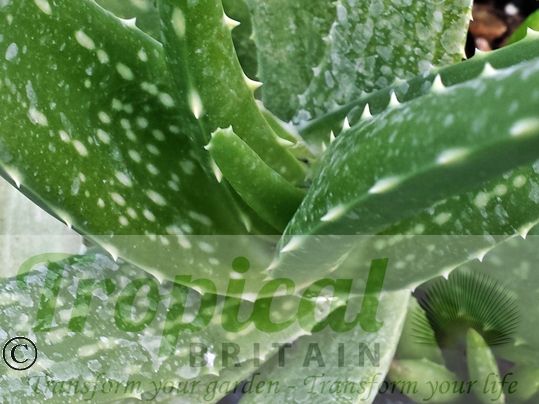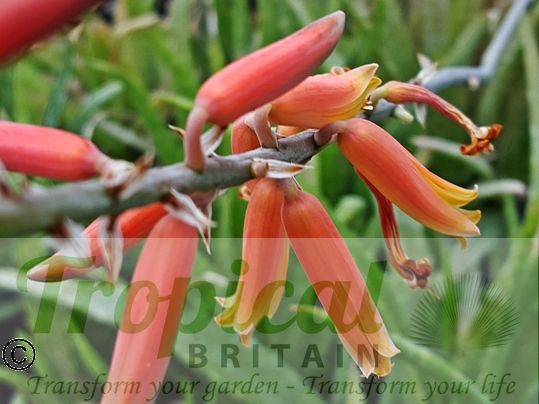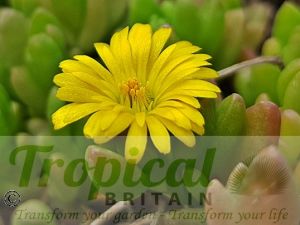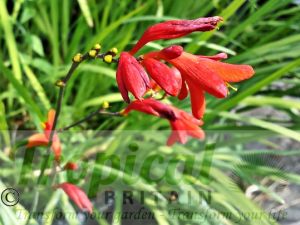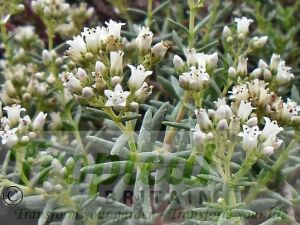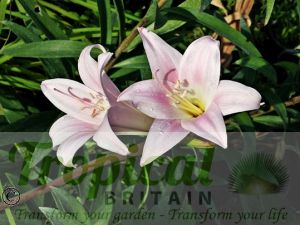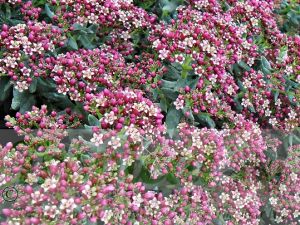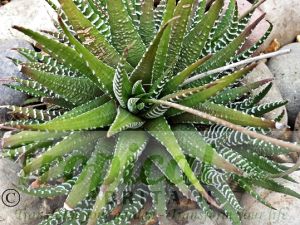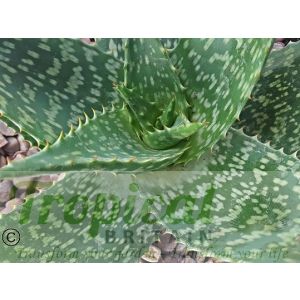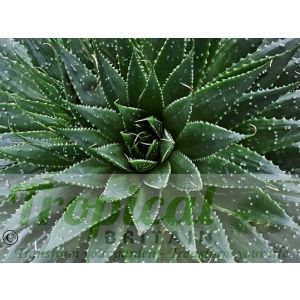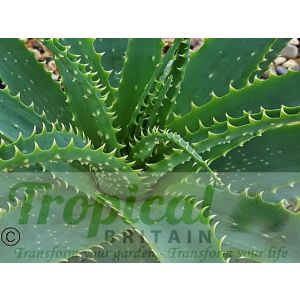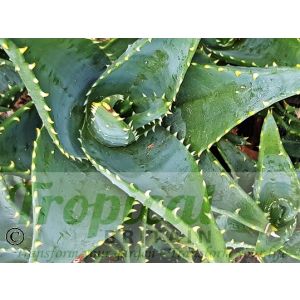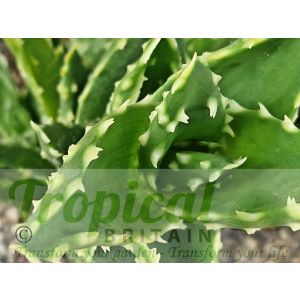Aloe vera is the most well-known member of the Aloe genus and is a rare example of a plant that has become as well-known by its botanical name as by any other common name. Both widely naturalised and commercially cultivated by the cosmetics and dietary industries, there are no naturally occuring populations although DNA analysis has suggested that its origins may lie in the area around the Horn of Africa. The cosmetics industry often lists it in its ingredients by its most common synonym, Aloe barbadensis.
As an ornamental, Aloe vera is often cultivated as a kitchen window-sill plant where its skin-soothing properties can be quickly utilised in the event of a burn or cooking accident.
In the UK climate it is tender and exposure to a typical British frost quickly reduces it to mush. Although its very active root system may bring about herbaceous regrowth in the spring it is best to either grow it in a terracotta container or plant it out for the summer and pot it up again in the Autumn. An easy method is to plunge the entire pot in the ground and cover with a mulch of gravel before digging it up again before the first frosts around mid-October. When repositioning or transplanting Aloe vera in the Spring it is best to harden it off for at least two weeks in the shade as sudden exposure to the sun after a winter holiday indoors will inevitably result in the foliage turning pinkish-red. Although this is common enough for many succulents, for Aloe vera the colouration is very persistant and can often take several months before it readjusts. If this does happen, planting into a bigger container and refreshing the potting mix will often shorten the time in which it displays its stressed 'sunburnt' colouration.
Aloe vera is very freely offsetting and quickly forms a large multi-headed clump. Well-grown plants will reward with an orange-red flower.
Additional Information
| Order | Asparagales |
|---|---|
| Family | Asphodelaceae |
| Sub-Family | Asphodeloideae |
| Synonyms | Aloe barbadensis, Aloe barbadensis var. chinensis, Aloe chinensis, Aloe elongata, Aloe flava, Aloe indica, Aloe lanzae, Aloe maculata, Aloe perfoliata var. barbadensis, Aloe perfoliata var. vera, Aloe rubescens, Aloe variegata, Aloe vera var. chinensis, Aloe vera var. lanzae, Aloe vera var. littoralis, Aloe vulgaris |
| Geographical Origin | Unknown: only naturalised populations or commercial crops occur. DNA results suggest its origins may lie in the region of the Horn of Africa |
| Cultivation | Full sun or partial shade. Sheltered aspect. Harden off in outdoor shade for at least 2 weeks before putting it in the sun. Water during summer, keep dry in winter. A well drained soil to which generous amounts of sand, grit and shingle have been mixed |
| Eventual Height | 50cm |
| Eventual Spread | 50cm |
| Hardiness | Tender. Plant out for the summer or grow in a container brought in during the winter months. Ideal on the window-sill. Fleecing in a cool greenhouse is essential |

Free DELIVERY
ON ALL ORDERS OVER £99THIS OFFER IS VALID ON ALL OUR STORE ITEMS.

